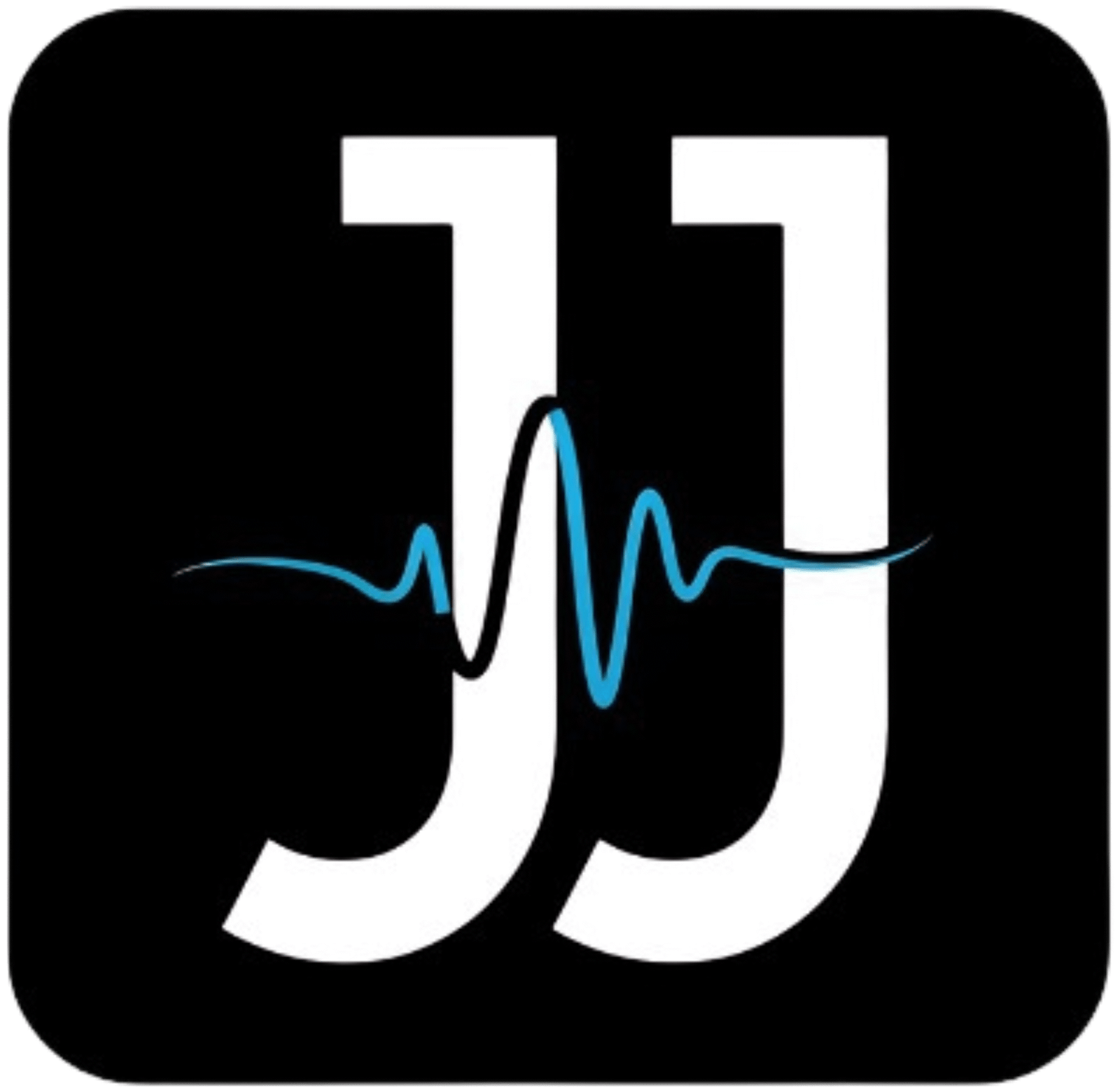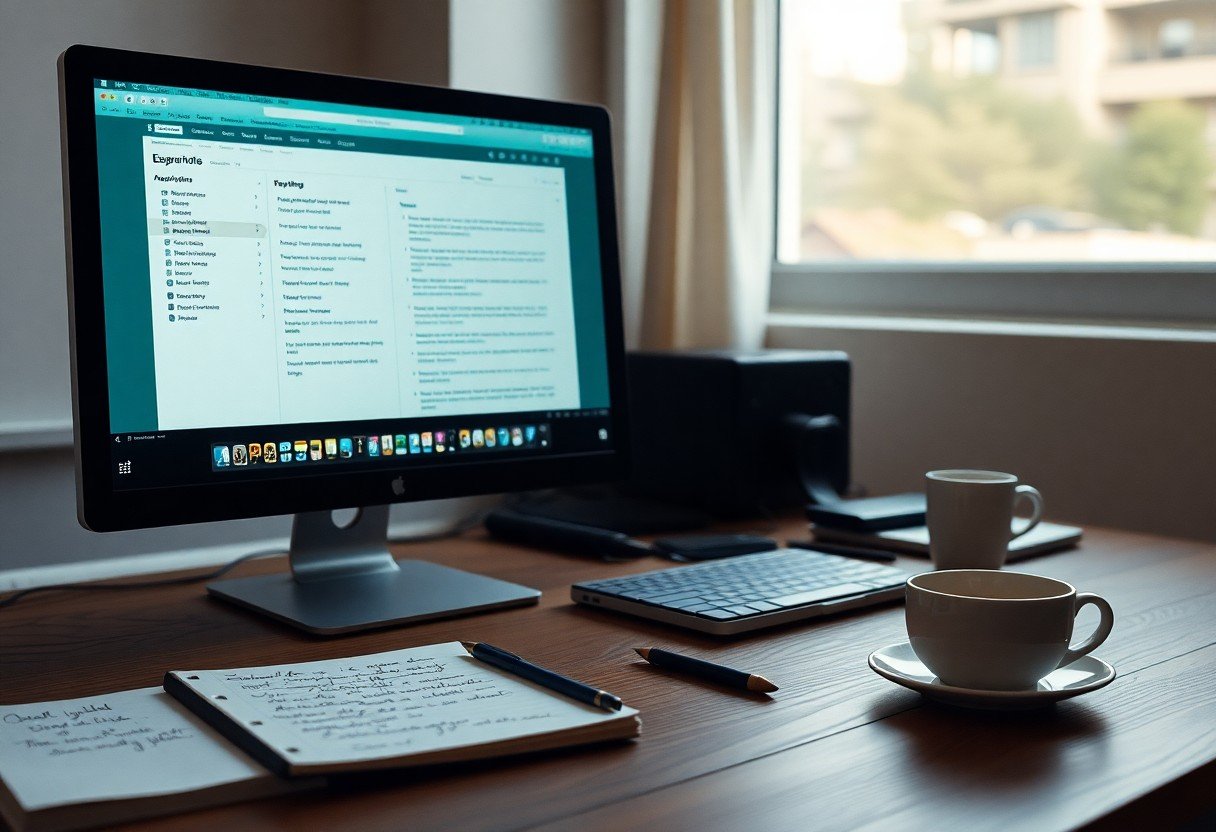Many artists struggle with capturing inspiration when it strikes, but I have found a solution in Evernote. This powerful tool allows me to organize my thoughts, jot down lyrics, and brainstorm creative ideas all in one place. With Evernote, I can create notebooks dedicated to different projects, ensuring that my ideas are easily accessible. I also use the tagging system to highlight themes and emotions, making it simple to revisit concepts later. By integrating Evernote into my writing process, I can streamline my creativity and enhance the quality of my lyrics.
Crafting the Perfect Environment for Creativity
Curating an ideal space for creativity can significantly enhance your brainstorming sessions. I find that a blend of comfort and inspiration plays a pivotal role in my lyric writing process. This means surrounding myself with stimulating art, soft lighting, and even objects that evoke meaningful memories. Soft background music or white noise can drown out distractions, allowing your mind to wander freely while capturing those fleeting ideas that lead to lyrical gold.
Setting Up Evernote for Optimal Use
To maximize my songwriting sessions, I tailor Evernote for my specific needs. I create dedicated notebooks for separate projects or themes, which allows for organization and easy navigation. Using tags effectively helps me categorize ideas and searches becomes seamless. The ability to incorporate images, audio clips, and even links to inspirations makes my brainstorming sessions dynamic and multi-faceted.
Choosing the Right Time and Space for Brainstorms
The right environment can make or break the creative process. I find that specific times of day offer different levels of inspiration; early mornings often provide an energy that late evenings can lack. Experimenting with various locations—from my home studio to parks or cafes—can yield different results. Sometimes, a change of scenery sparks the exact inspiration you need to craft that perfect lyric.
Choosing the ideal time and space isn’t just about personal preferences; it’s about recognizing patterns in your creativity. I’ve noticed that my most impactful ideas emerge in quieter moments, away from clatter and interruptions. Block out distractions during your sessions and embrace solitude, as it often fosters deeper introspection. Also, let your environment reflect your artistic inclinations. A cozy nook with your favorite books or a lively spot filled with energy can inspire contrasting lyric themes. Keep a flexible mindset and discover what settings become your creative sanctuary.
Harnessing Evernote’s Features for Lyric Development
By tapping into Evernote’s unique features, I elevate my lyric-writing process to new heights. The platform’s versatility allows me to incorporate various elements seamlessly, making my brainstorming sessions far more productive. From structuring verses to refining choruses, the different tools offered by Evernote are instrumental in shaping my songwriting journey.
Utilizing Tags and Notes for Organization
Tags become your best friends when it comes to organizing thoughts and ideas for specific songs. I use tags like “melody ideas,” “lyrical themes,” or “concept,” which makes retrieving inspiration effortless. This method allows you to sift through extensive notes quickly, ensuring that your creative sparkle isn’t lost in the chaos.
Creating Templates for Different Song Structures
Developing templates tailored to various song structures streamlines my creative process significantly. I build distinct formats for verses, choruses, bridges, and even hooks, allowing me to replicate proven frameworks quickly when inspiration strikes. With a few clicks, I can pull up my “verse template” and get straight to crafting powerful lyrics without wasting time redesigning the wheel each time.
This approach means I can focus on honing the emotional and narrative aspects of my lyrics rather than getting bogged down in formatting. For example, I have a “Ballad Template” that prompts me to evoke certain feelings through imagery and meter, while my “Upbeat Template” encourages playful rhymes and catchy hooks. Each template offers guided sections, which helps maintain a coherent flow, and fosters the evolution of ideas into complete songs. By establishing these templates, I vastly speed up my songwriting process while ensuring depth and complexity.
Turning Ideas into Lyrics: Jesper’s Method
My method for turning raw ideas into fully-fledged lyrics is a fluid and organic process where inspiration can strike at any moment. I often start with a central theme or concept and allow it to breathe as I jot down my thoughts in Evernote. With multiple drafts at my disposal, I continuously refine my verses and choruses, molding them until they resonate with the intended emotion and message. This iterative approach helps me explore various angles, ultimately leading to a more polished and impactful lyrical piece.
Flowing Thoughts into Verses and Choruses
Transforming disjointed ideas into coherent verses and choruses often requires me to embrace a stream-of-consciousness style. I write down every thought that emerges, regardless of how raw or unfinished it seems. This technique encourages me to break through mental barriers and allows the *real* creativity to flow. Once I gather a wealth of phrases and images, I start organizing them into a structured format, refining them into lyrical lines that sing.
Incorporating Visual Aids and Multimedia
Using visual aids and multimedia elements can significantly enhance my lyric-writing process. By integrating images, videos, or even audio snippets in Evernote, I’m able to stimulate my creativity and find connections between concepts that might not be obvious through text alone. This multi-sensory approach allows me to tap into different emotions, providing depth and flavor to my lyrics.
Incorporating visual aids often leads me to unexpected insights. For instance, while working on a song about nostalgia, I might add a photograph of a childhood memory or include a clip from a movie that captures the essence of the feeling I’m trying to convey. The inclusion of these elements not only evokes a deeper emotional response but also sparks new ideas that may enrich my writing. I find that a well-placed image or sound can inspire an entire verse or shift the direction of the chorus, providing a dynamic backdrop to my lyric creation process.
Collaborative Approaches: Sharing and Feedback
Working collaboratively enhances creativity, and I’ve found that using Evernote facilitates smooth sharing and gathering feedback effectively. By inviting collaborators to view and comment on my notes, I can expand my lyrical ideas and gain diverse perspectives. With the platform’s synchronization capabilities, anyone involved can contribute in real-time, making the writing process not only productive but also engaging.
Engaging with Collaborators through Evernote
Evernote allows me to invite fellow musicians or lyricists to join my notebook, where we can brainstorm together. By tagging specific sections, I can highlight areas needing input or clarification. This collaborative feature invites creative dialogue, as each collaborator can add their insights directly into the notes, fostering an interactive environment.
Incorporating Feedback into the Lyric Writing Process
Feedback is a vital aspect of refining my lyrics, and Evernote makes it seamless to incorporate suggestions. I regularly assess the comments and critiques from my collaborators, synthesizing their perspectives with my original ideas.
By organizing feedback into categories – such as structural changes, thematic suggestions, or rhythmic adjustments – I focus on specific areas needing enhancement. For example, if a collaborator points out that a chorus feels weak, I can revisit it with a fresh perspective after considering their insights. This structured approach encourages not just the integration of feedback but also sparks new creative ideas that I might not have initially explored, ultimately leading to stronger and more polished lyrics. The iterative process enables me to continuously evolve my work, enhancing my songwriting skills over time.
Analyzing Success: Evaluating Lyric Use
Effective evaluation of how lyrics resonate with audiences can often lead to breakthroughs in my writing process. By systematically analyzing the reception of my songs, I can pinpoint which themes, structures, and emotional tones captured listeners’ attention. This analysis often reveals patterns that inform my future songwriting efforts, helping me transform raw ideas into compelling narratives that truly connect with people.
Reflection on Completed Projects
Reflecting on completed projects allows me to assess what worked well and what didn’t. This retrospective analysis is complemented by feedback from collaborators and listeners, revealing insights into the emotional and thematic depth of my lyrics. By noting the songs that generated the most positive reactions, I can identify elements that I may want to incorporate into future works.
Adapting Techniques for Future Work
Adapting techniques based on feedback and analysis not only enhances my songwriting but also keeps my process dynamic. For instance, if a particular metaphor or storytelling approach resonated with listeners, I make a note to explore that style more deeply in future lyrics. This iterative approach allows me to refine my craft, ensuring that my music continues to evolve in line with both my artistic vision and audience expectations.
Integrating insights from my evaluations highlights the importance of flexibility in my technique. If I notice that a specific phrase structure elicited strong emotional responses, I may experiment with it across different genres or themes. Cultivating a feedback loop where I continually refine my methods based on listener engagement means that every song becomes not just a standalone piece but part of a larger narrative and evolution. This way, my lyrics feel fresh and resonate with the audience, keeping them engaged and anticipating my next release.
To wrap up
The way I utilize Evernote for lyric brainstorming has transformed my creative process. By organizing my thoughts and inspirations in an easily accessible format, I can focus on developing ideas without losing track of them. This flexibility allows you to capture moments of inspiration, whether it’s a fleeting thought or a fully formed verse. If you’re looking to enhance your artistic workflow, adopting Evernote could be a game changer for your songwriting sessions.
FAQ
Q: How does Jesper Jacobi begin his lyric brainstorming process with Evernote?
A: Jesper Jacobi starts his lyric brainstorming process by setting up dedicated notebooks in Evernote. He creates separate notebooks for different themes or projects. This organization allows him to capture ideas, phrases, or inspirations as they come to him, making it easy to revisit and refine them later.
Q: What features of Evernote does Jesper Jacobi find most helpful for lyric writing?
A: Jesper appreciates the tagging feature in Evernote, which allows him to categorize his ideas based on topics or moods. Additionally, the ability to add audio recordings is beneficial for capturing melodies or vocalizations that may accompany his lyrics. He often uses the search functionality to locate specific notes quickly, ensuring efficiency during his writing sessions.
Q: Can Jesper Jacobi collaborate with others using Evernote for his lyric ideas?
A: Yes, collaboration is one of the strengths of Evernote. Jesper can share his notebooks with fellow musicians or collaborators, allowing them to contribute ideas or add comments directly to the lyrics. This shared space fosters creativity and enhances the collaborative process, making it easier to develop songs together.
Q: How does Jesper Jacobi keep his lyric ideas organized within Evernote?
A: Jesper maintains organization by using a structured naming convention for his notes, which includes the date and the song title or theme. He also utilizes checklists within his notes to track the progress of each song or to-do items related to his lyric writing. This level of organization helps him stay focused and productive.
Q: Does Jesper Jacobi integrate any other tools or resources with Evernote for his songwriting process?
A: Jesper often integrates Evernote with other tools such as Google Drive for cloud storage and collaboration, or Spotify to reference music and inspiration. He might link to relevant articles or playlists directly within his Evernote notes. This connection between resources broadens his creative scope and enriches his lyric writing experience.




